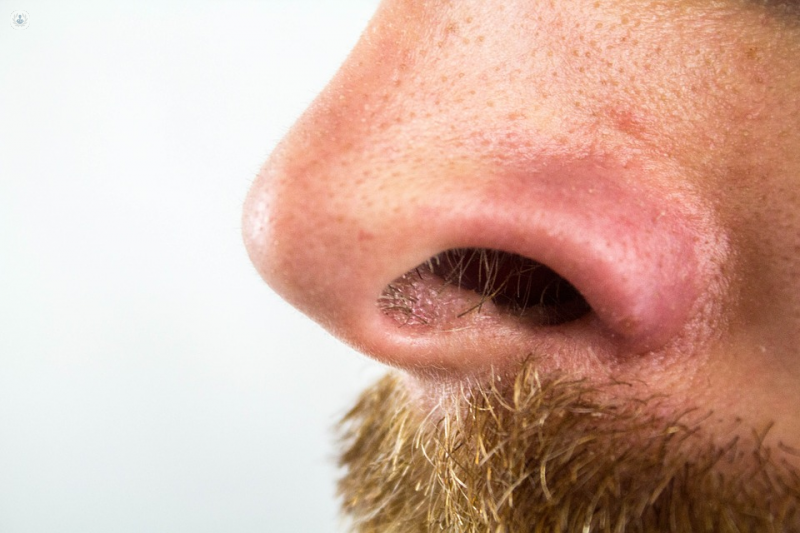

What are disorders of nasal breathing?
Nasal breathing disorders are relatively common and mainly cause difficulties in breathing properly through the nose.
The most common nasal breathing disorders include:

What are the symptoms?
The symptoms vary for each disorder.
Sinusitis –
Deviated septum –
Nose / sinus trauma due to injury
Nasal Valve Collapse (NVC)
What causes nasal breathing disorders?
Sinusitis is most often caused by an infection. It can also be caused by a common cold, allergic rhinitis (which causes the lining of the nose to swell), nasal polyps on the lining of the nose or a deviated septum. Sinusitis is very common and it is very common to have sinusitis following a cold of the flu.
A deviated septum is usually something some people are born with, but it can also be caused by trauma or injury to the nose.
Nasal Valve Collapse can be caused by:
What is the treatment?
Sinusitis -
Treating simple sinusitis does not usually involve seeing a doctor, and doing the following will usually clear it up:
If sinusitis persists, a doctor may prescribe antibiotics, for a course of usually 10 to 14 days.
For those suffering from chronic sinusitus, a warm compress to the nose, saline nose drops and prescribed steroids can help.
Deviated septum –
In some cases, the symptoms caused by a deviated septum can be relieved by medication. However, if this is not the case, then a surgical procedure called a septoplasty might be recommended. This procedure restores the crooked septum to improve nasal breathing. A septoplasty involves the removal of excess bone and cartilage and is sometimes performed under general anaesthetic. This procedure is often combined with a rhinoplasty to imporve the appearance of the nose.
Nasal Valve Collapse –
There are two key approaches to treating NVC:
